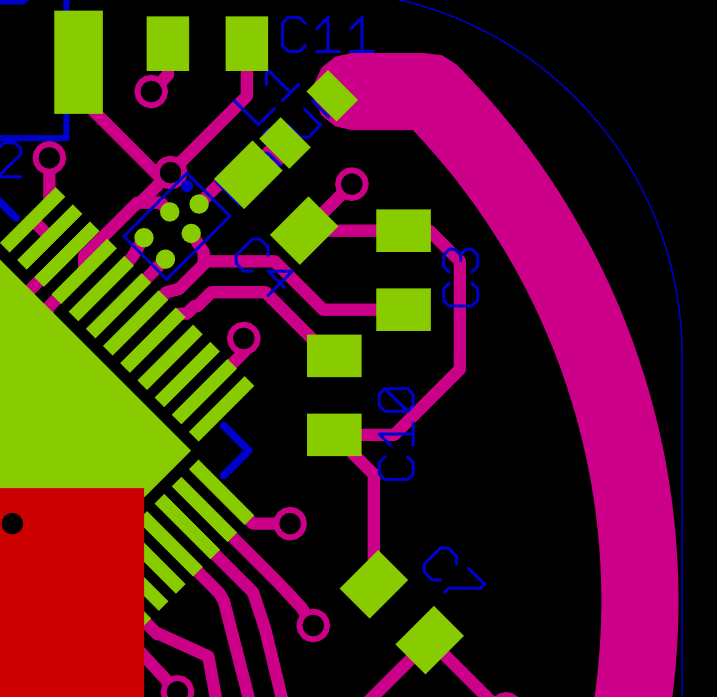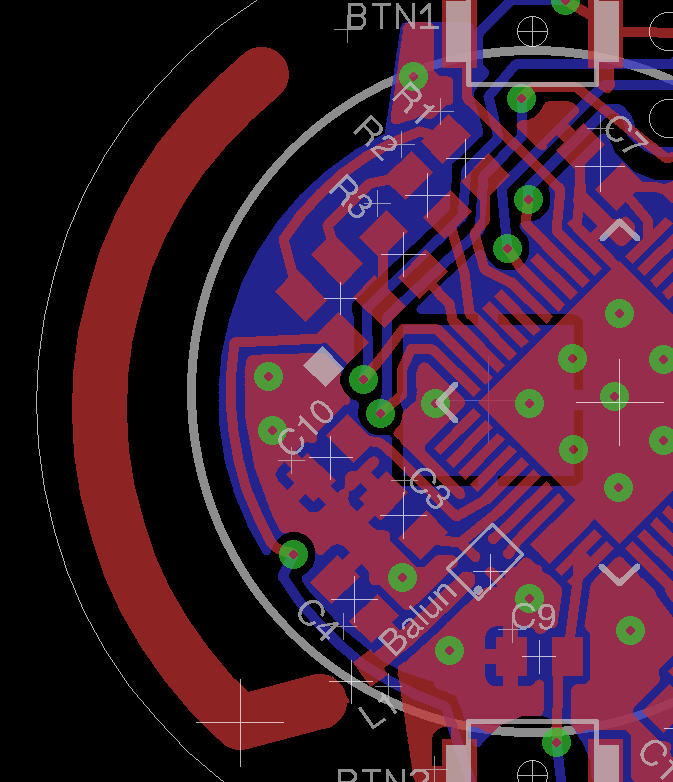Hi,
I have created a custom PCB that more or less follows the Nordic SmartBeacon design: Beacon_V2.pdf
Instead of BAL-NRF01D3 I used the BALF-NRF01D3 as this is supposed to be compatible with the QFAAG0 chips, which I use.
So now, when I load the SmartBeacon FW, everything seems to operate fine: LED pulsing, change to orange LED on button press (DFU mode)...
But what is missing is that I cannot capture any signal on my iPhone on the custom PCB... With the original Smart Beacon HW everything works fine. On the custom PCB I use the same shape and dimension PCB antenna.
I already switched from external 32Mhz crystal to internal but everything stays the same.
Now, how can I find out what is going wrong? Is there a way to see wether the soldering of the Balun was ok?
Thanks for your help!
Henry




